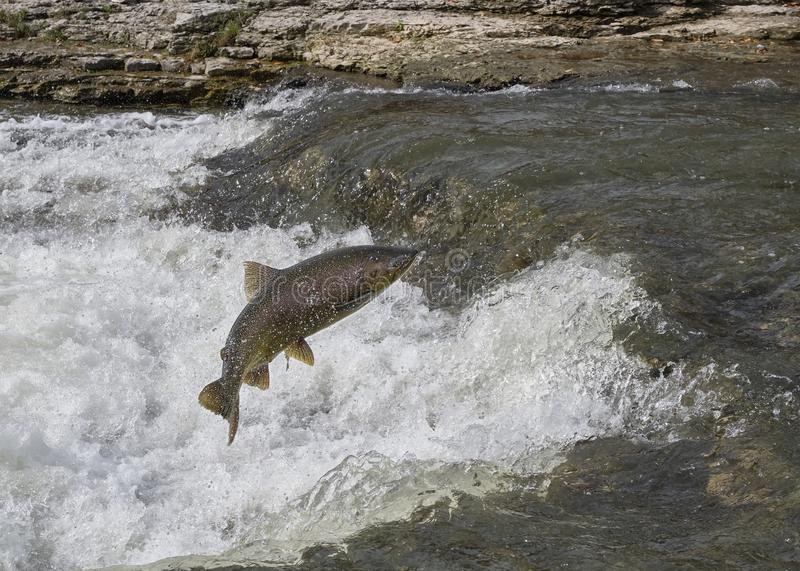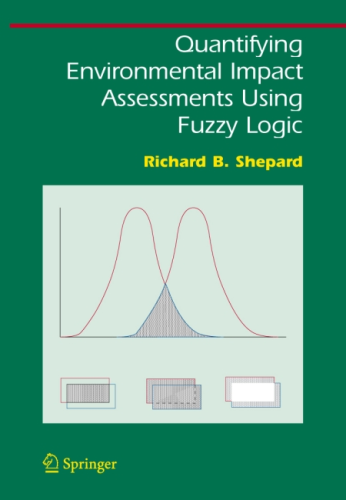| Categories: |
|---|
Estimated reading time: 2 minutes
Project objectors may claim that mining and energy projects cannot create “real” treams and lakes during reclamation. Regulators ask operators to respond, and too often responses are inconclusive. Delays, litigation, or expensive eforts that inadequately address those concerns follow.
Non-ecologists might accept claims of adverse environmental impacts by man-made streams and lakes. However, when complete ecosystems are correctly characterized and classified the dynamics of natural and man-made water bodies are indistinguishable.
Streams are comparatively simple. Precipitation always flows downhill, creating new channels or directed into man-made channels. Sediments are sorted and transported by size in all channels, and benthic macroinvertebrates populate suitable upstrem habitats from perennial reaches further downstream. New man-made channels behave as natural first-order streams.
Reservoirs are interesting hybrids between flowing rivers and still lakes. The typical objection to irrigation, flood control, and hydroelectric dams (other than low-head ones) relate to migratory fish passage. Water quality of the ponded waters is infrequently a concern.
Man-made lakes begin as surface mines for phosphate, coal, aggregates, industrial minerals, and metals. Secondary beneficial uses, particularly in the mid-west and urban areas, include recreation and residential amenities. Gravel pits are often mined so as to leave a curved edge, shallow ledge below the rim, and a few columns in the middle that become wetlands and islands when filled with water. Residents frequently are unaware that their attractive environs once provided aggregate for roads and buildings.
This work was originally published on the Applied Ecosystem Services, LLC web site at https://www.appl-ecosys.com/blog/natural-vs-man-made-water-bodies/
It is offered under the terms of the Creative Commons Attribution-NonCommercial-NoDerivatives 4.0 International license. In short, you may copy and redistribute the material in any medium or format as long as you credit Dr. Richard Shepard as the author. You may not use the material for commercial purposes, and you may not distribute modified versions.


